Last Updated: October 30, 2025 – ChatGPT 5.0 Guide
The artificial intelligence landscape has been forever changed. OpenAI officially released GPT-5.0 (commonly referred to as ChatGPT 5.0) on August 7, 2025, marking the most significant upgrade to the world’s most popular AI chatbot since its inception. But what makes this version different, and more importantly how can you leverage it to stay ahead in the rapidly evolving AI space?
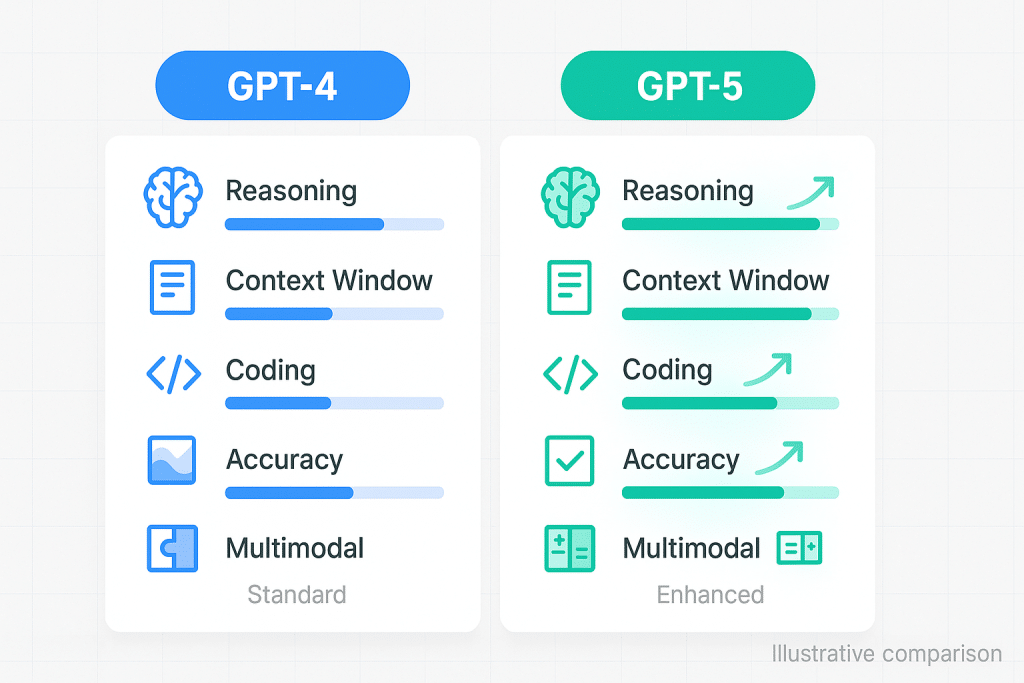
Table of Contents
What is ChatGPT 5.0? A Clear Definition
ChatGPT 5.0 is OpenAI’s fifth-generation large language model that powers the ChatGPT interface. Unlike previous versions where users needed to manually switch between different models such as GPT-4, GPT-4o, or o1, GPT-5 operates as a unified, and auto-switching system that intelligently decides when to use fast responses or deep reasoning based on your query complexity.
Therefore, think of it as having a team of PhD-level experts at your fingertips who automatically adjust their thinking depth depending on whether you’re asking a simple question or tackling a complex multi-step problem.
Key Capabilities That Set GPT-5 Apart:
Advanced Reasoning
Moreover, GPT-5 can “think” before responding, and taking 10-20 seconds for complex problems in order to ensure accuracy, similarly to how human experts approach difficult tasks.
Multimodal Understanding
It processes text, images, documents, and videos with unprecedented accuracy, thus making it capable of analyzing charts, summarizing presentations, or understanding diagrams.
Reduced Hallucinations
It provides significantly fewer false or misleading responses compared to GPT-4, and with improved reliability across all knowledge domains.
Enhanced Context Window
It handles up to 400,000 tokens roughly 300,000 words, therefore allowing you to work with extensive documents, long conversations, and complex research projects without losing context.
Superior Coding Abilities
It creates production-ready code with better design sensibility, and can debug large repositories, as well as generates beautiful front-end interfaces from single prompts.
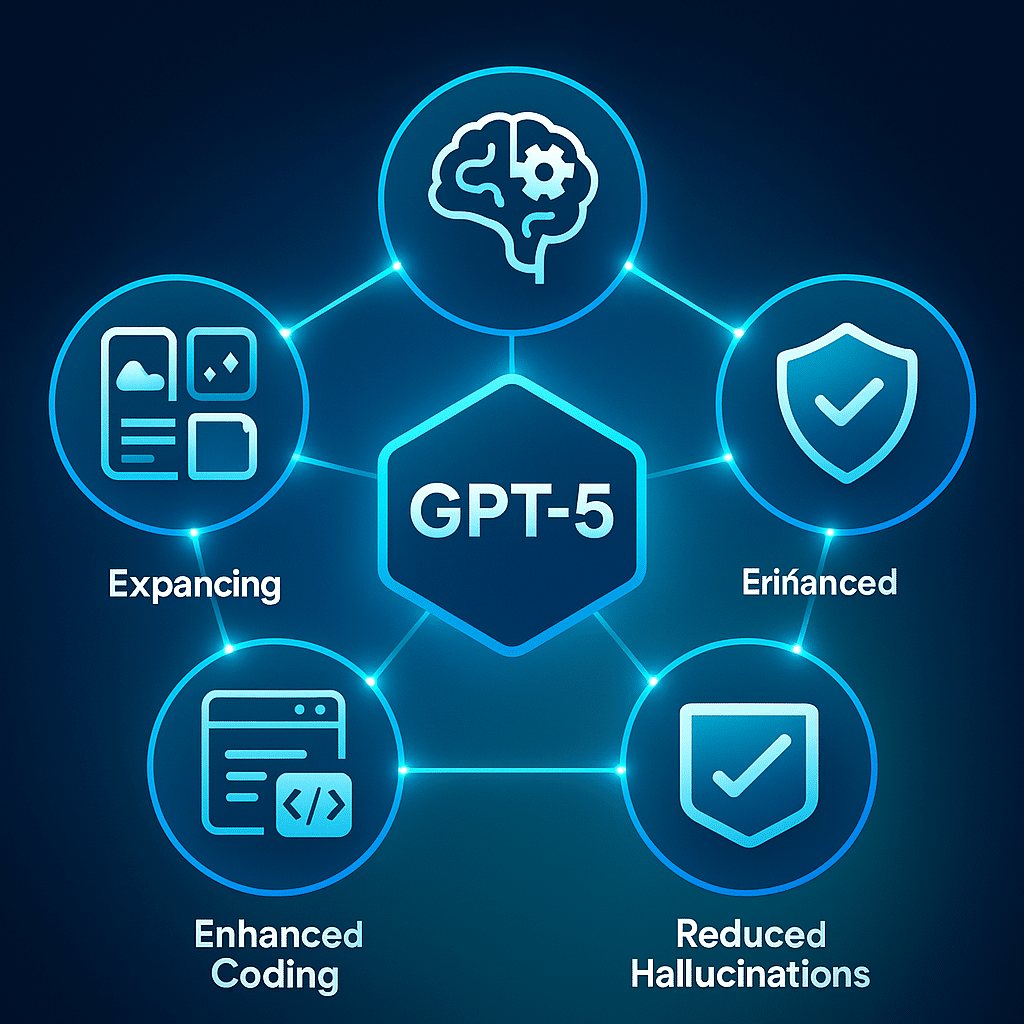
How to Apply ChatGPT 5.0 in the AI Industry
For those working in artificial intelligence, ChatGPT 5.0 isn’t just another tool, but it’s a game-changer for how we develop, test, and deploy AI solutions. Therefore, here’s how to integrate it strategically:

1. AI Research and Content Creation
Use GPT-5’s extended context window in order to analyze multiple research papers simultaneously. You can upload 20-30 academic papers about a specific AI technique, and then ask GPT-5 to identify emerging trends, contradictions in findings, as well as research gaps. Therefore, this turns what would be weeks of literature review into hours of focused work.
Practical workflow: First, feed GPT-5 recent arXiv papers on transformer architectures, and then request comparative analysis, so that it can generate blog posts or whitepapers that explain complex concepts in accessible language.
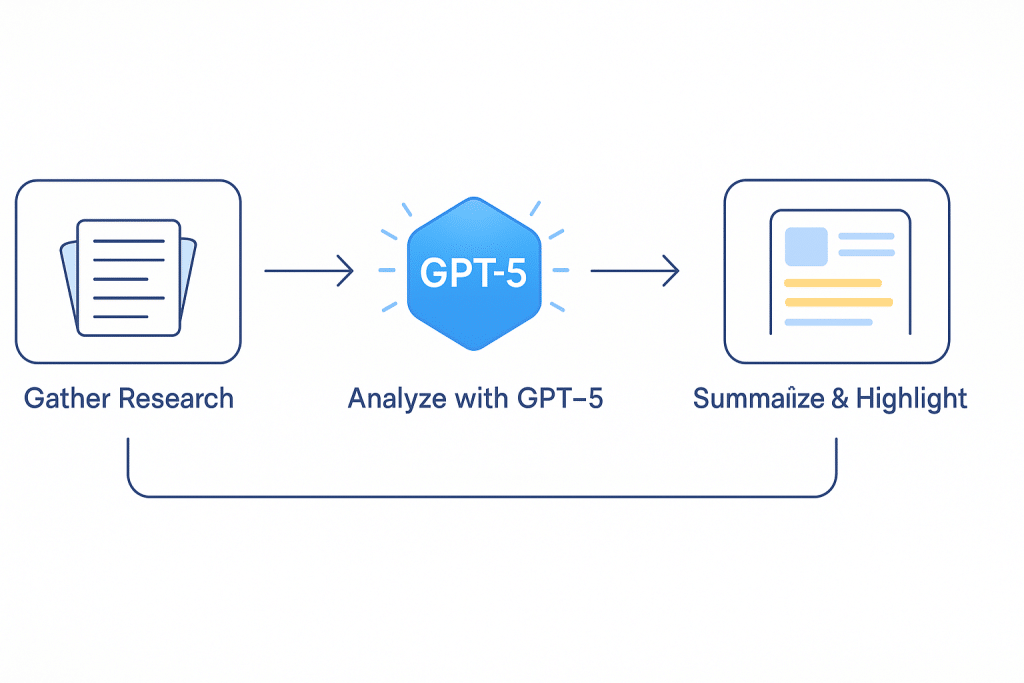
2. AI Model Documentation and Tutorials
GPT-5 excels at creating technical documentation that balances depth with accessibility. Whether you’re documenting a new neural network architecture or creating tutorials for AI tools, GPT-5 can adapt its explanation style based on audience expertise level.
Pro tip: Use custom instructions in order to set a consistent technical writing style across all your AI content, thus ensuring brand voice consistency while maintaining technical accuracy.
3. Competitive AI Analysis
Monitor the AI landscape by asking GPT-5 to compare different models, frameworks, or companies. Moreover, its reasoning abilities allow it to evaluate trade-offs objectively, by comparing speed vs. accuracy, cost vs. performance, or open-source vs. proprietary solutions.
4. AI Ethics and Safety Research
GPT-5’s improved accuracy makes it valuable for exploring AI safety scenarios, bias detection, and ethical implications. You can use it to simulate potential misuse cases, and evaluate safety guardrails, or develop responsible AI guidelines for your organization.
5. Automated AI News Curation
Create a workflow where GPT-5 monitors AI developments across multiple sources, and summarizes key announcements, as well as identifies significant research breakthroughs, and generates weekly roundups for your audience.
Real-World Examples: ChatGPT 5.0 in Action
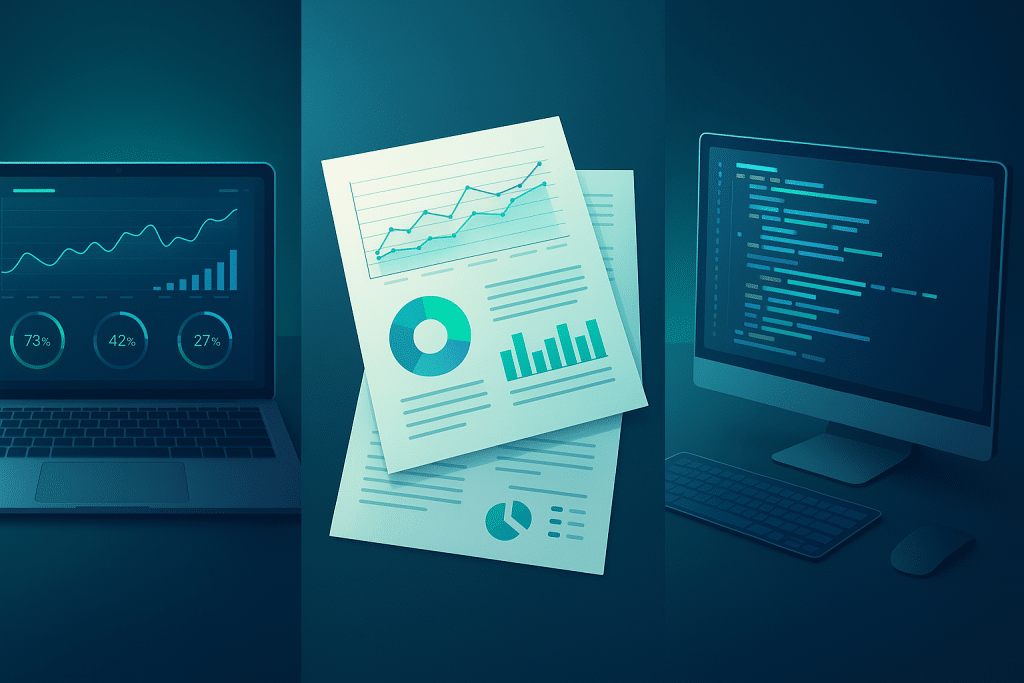
For example, here are three representative use cases:
Example A: AI-Powered Analytics Dashboard
Scenario: You need to create an interactive dashboard that visualizes AI model performance metrics.
Single-prompt result: A developer used GPT-5 to generate a complete single-page application with React, featuring dynamic charts, real-time data updates, and responsive design all from describing the requirements in plain English.
Time saved: What typically requires 6-8 hours of development was completed in 15 minutes.
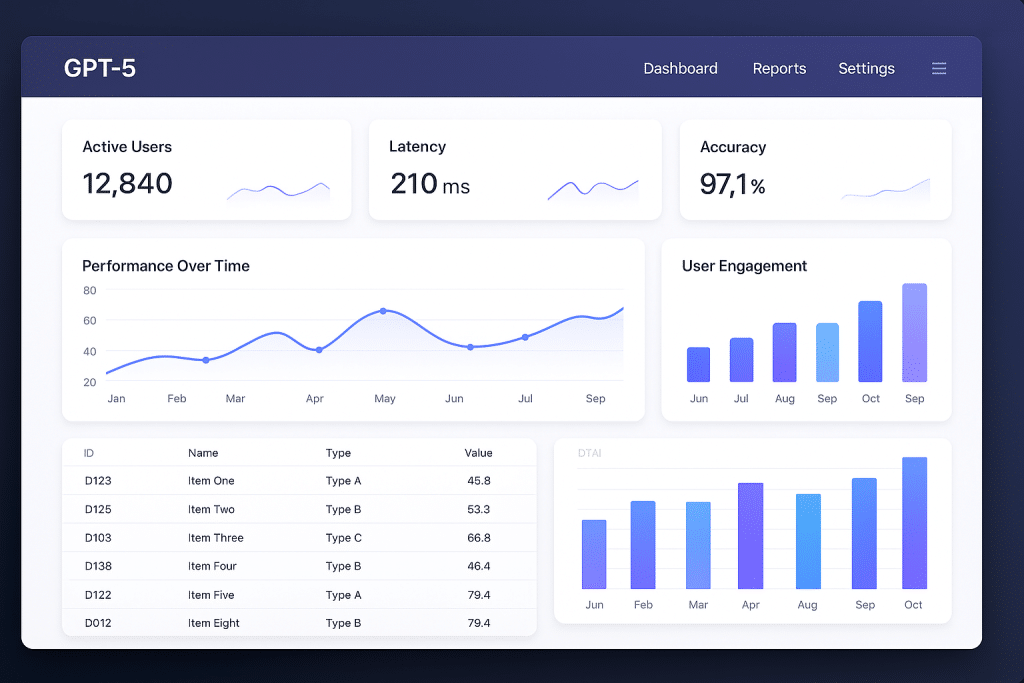
Example B: Comprehensive AI Trend Analysis
Scenario: An AI startup needed to understand market positioning against competitors. GPT-5 approach: Within minutes,
GPT-5 produced a SWOT analysis, and identified 12 market gaps, as well as suggested feature priorities, and created revenue projection scenarios.
Example C: Debugging a Training Pipeline
Scenario: A machine learning engineer faced mysterious performance degradation in a PyTorch training pipeline. As a result, GPT-5 identified a memory leak, and explained the issue, as well as provided optimized code so that the problem was solved in 20 minutes instead of days.
Common Mistakes When Using ChatGPT 5.0

Mistake #1: Using GPT-5 Like GPT-4
GPT-5’s reasoning engine performs better with natural, conversational prompts. However, over-engineering requests with excessive structure can constrain its thinking.
Mistake #2: Ignoring Thinking Mode Options
Different tasks benefit from different reasoning depths. Therefore, use Light/Standard for quick tasks, and Extended/Heavy for complex analysis.
Mistake #3: Not Leveraging the Extended Context Window
Upload entire codebases or multiple research papers because GPT-5’s 400K token context can handle them without chunking.
Mistake #4: Accepting First Responses Without Iteration
The best results come from dialogue. Therefore, use follow-up prompts in order to trigger deeper reasoning.
Mistake #5: Forgetting About Custom Instructions
Set persistent preferences for your industry, response style, and output format to save time.
Mistake #6: Overloading Single Prompts
Break complex projects into logical phases in order to achieve more thorough results.
THE LESSON: What ChatGPT 5.0 Really Means for AI Professionals
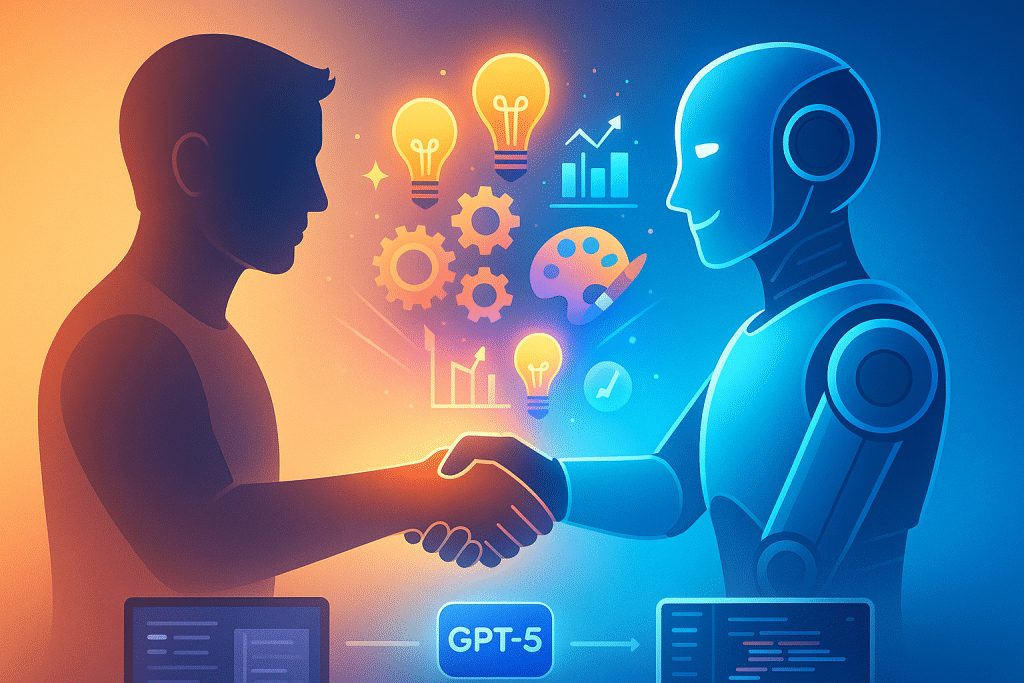
GPT-5 is not just a faster chatbot; it is a thinking partner. Similarly, it questions assumptions and maps options. Therefore, advantage comes from putting model reasoning into every loop—research, design, and review. Likewise, humans provide context, taste, and final judgment.
In contrast, teams that use it only for surface content will lag. Nevertheless, even small, repeatable workflows compound into big wins.
The Paradigm Shift in AI-Human Collaboration
The previous paradigm was: “Ask AI questions”, and the new paradigm is: “Collaborate with AI as a thought partner that challenges assumptions, suggests alternatives, and reasons through problems.”
Three Strategic Implications You Can’t Ignore
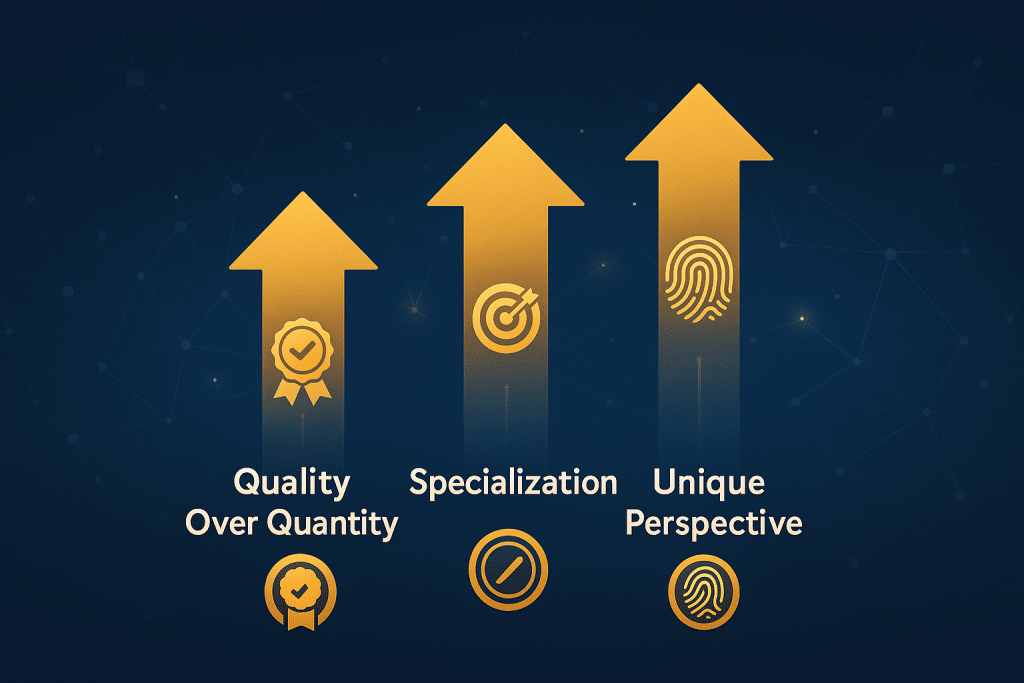
1. The Death of AI Literacy as a Separate Skill
AI literacy will soon be embedded in every professional skill. And the competitive advantage will be “knowing what problems to solve.”
2. Quality Over Quantity in Content
With GPT-5 widely available, winners will use AI to enhance human insight, not replace it.
3. Specialization Becomes Valuable Again
As AI becomes more general-purpose, human specialization in narrow domains becomes more valuable.
The lesson: In a world where AI can do everything mediocrely, excellence becomes the only sustainable strategy.
Ready to Master ChatGPT 5.0?
The AI landscape has fundamentally changed with GPT-5’s release. And the winners will be those who ask better questions, apply AI to novel problems, and create value that automated systems can’t replicate.
If you want to stay ahead of AI developments? Bookmark AIhika.com for in-depth analysis of emerging AI trends, practical tutorials, and strategic insights that go beyond the hype.
FAQ ChatGPT 5.0
1. Is ChatGPT 5.0 free to use?
Yes, ChatGPT 5.0 is available for free users with limitations. Free accounts get 10 messages every 5 hours. Paid tiers offer significantly higher limits.
2. What’s the difference between GPT-5 and GPT-5 Thinking?
GPT-5 automatically decides when to apply deep reasoning. GPT-5 Thinking is manual mode for guaranteed extended reasoning.
3. How much does ChatGPT 5.0 cost for businesses?
Plus plans cost $20/month. ChatGPT Pro costs $200/month. Enterprise pricing varies based on team size.
4. Can ChatGPT 5.0 access the internet?
Yes, GPT-5 can browse the web and integrate with Gmail, Google Calendar, and Google Contacts for paid users.
5. Is ChatGPT 5.0 better than Claude or Gemini?
Each model has distinct strengths. GPT-5 excels at reasoning depth and code generation. The best choice depends on your specific use case.
6. What programming languages does ChatGPT 5.0 support?
GPT-5 supports virtually all major programming languages including Python, JavaScript, Java, C++, and many others.
7. Can I use ChatGPT 5.0 for commercial projects?
Yes, content generated by ChatGPT 5.0 can be used commercially under OpenAI’s terms of service.
8. How accurate is ChatGPT 5.0 compared to previous versions?
GPT-5 reduces hallucinations by approximately 60-70% compared to GPT-4 with improved factual accuracy across domains.
9. What is the context window size of ChatGPT 5.0?
ChatGPT 5.0 supports up to 400,000 tokens (approximately 300,000 words), more than triple GPT-4’s capacity.
10. Will ChatGPT 5.0 replace my job?
ChatGPT 5.0 augments human capabilities rather than replacing them. Those who leverage AI effectively will outperform those who don’t.
Have you experimented with GPT-5 yet? Share your experiences in the comments below!
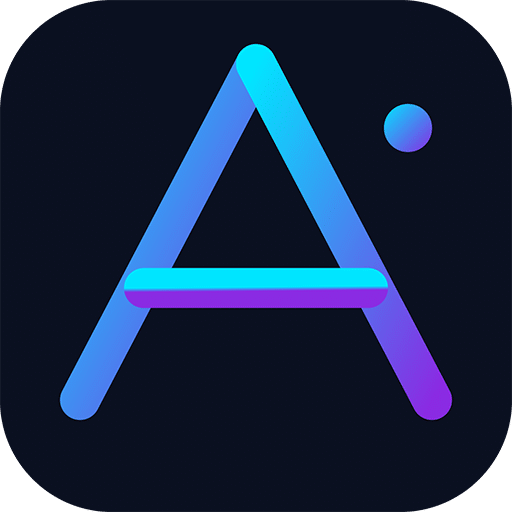
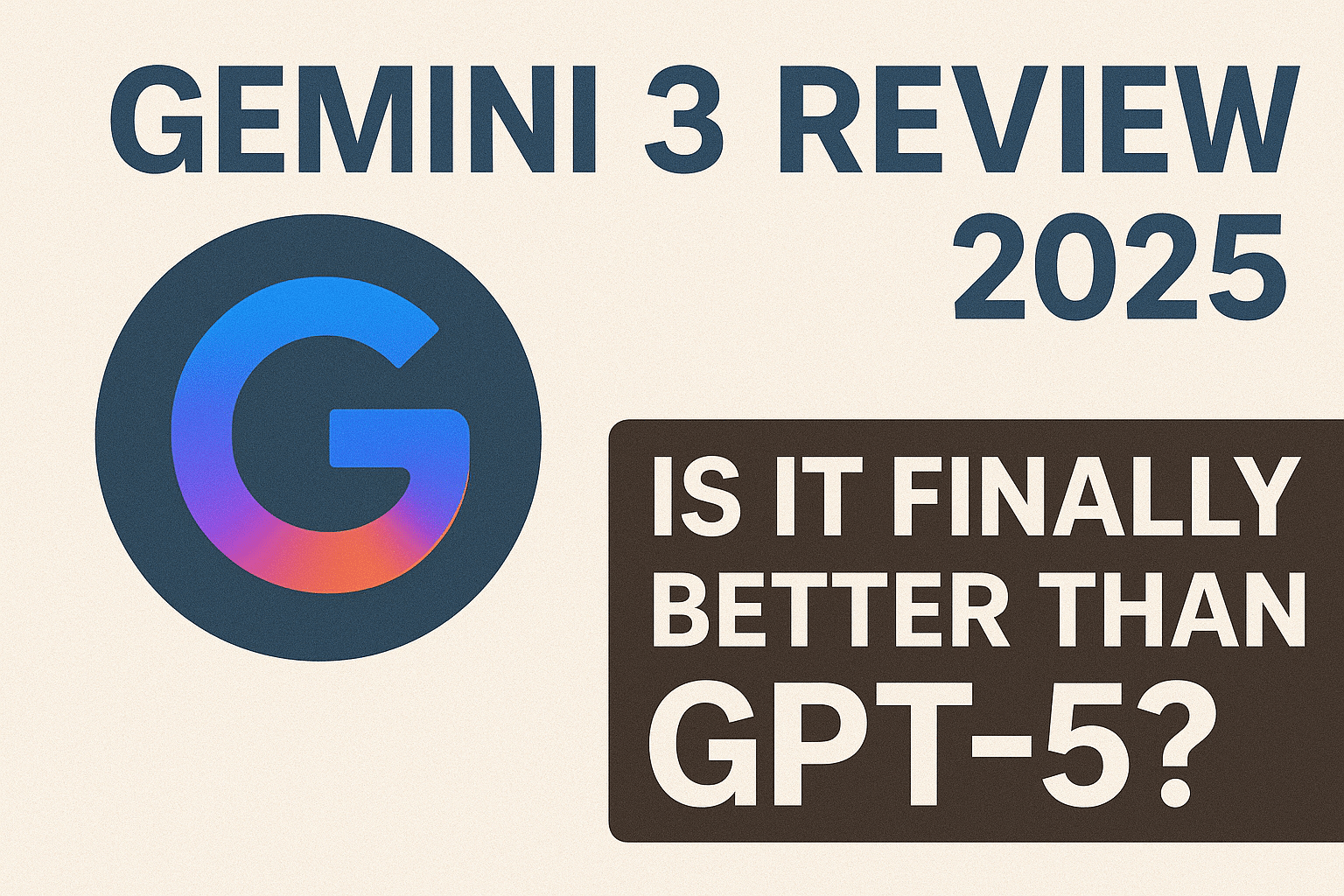
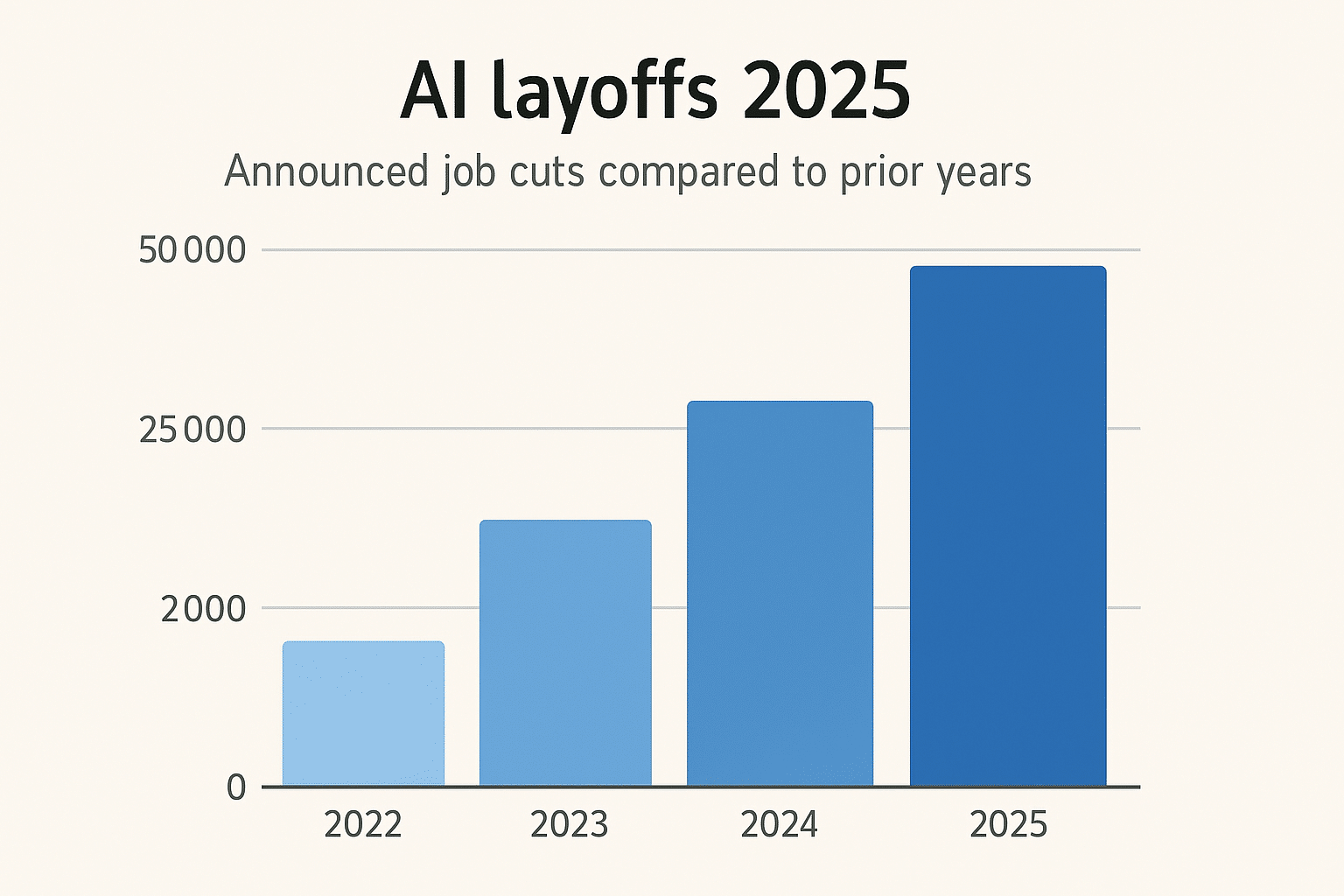
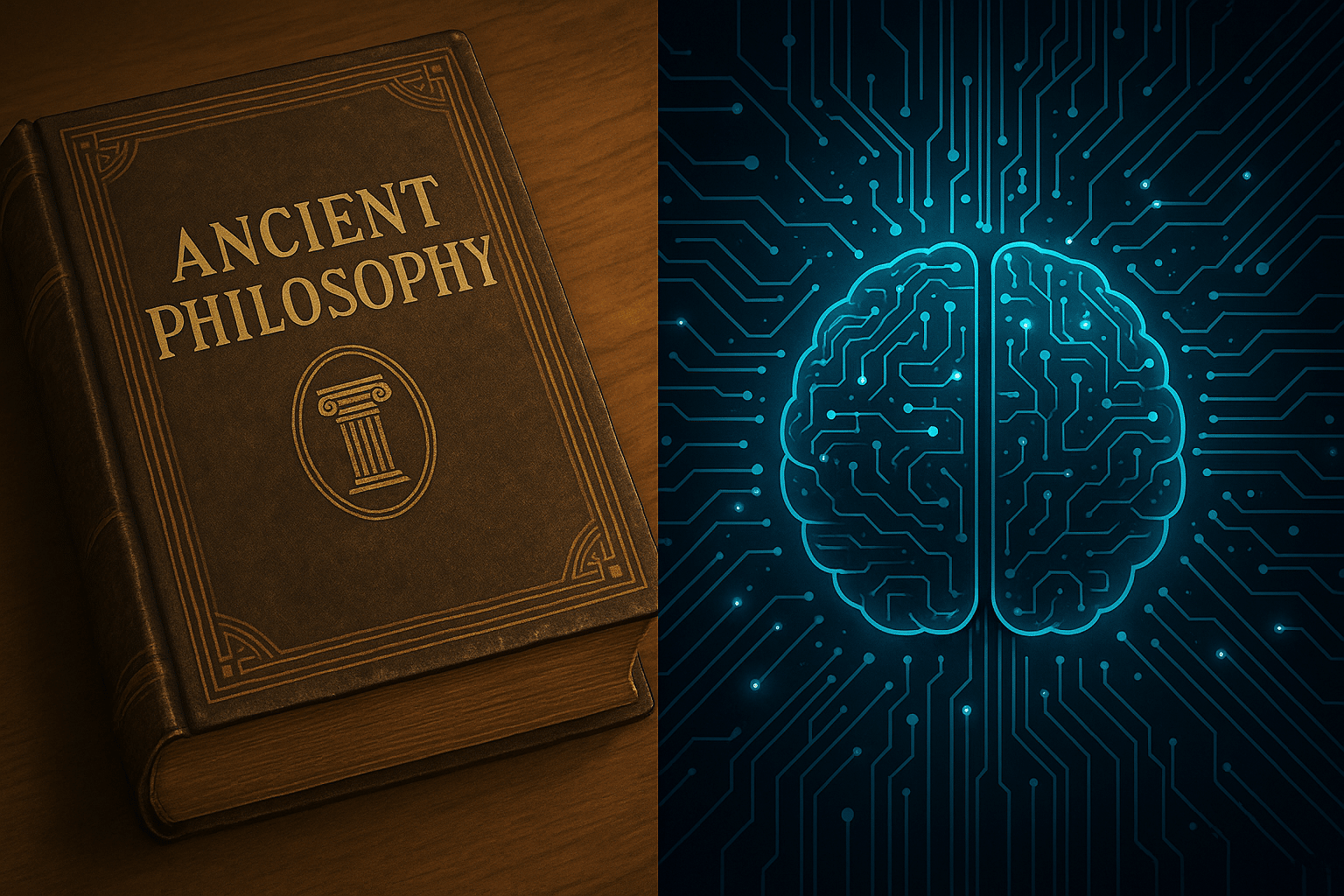





Leave a Reply